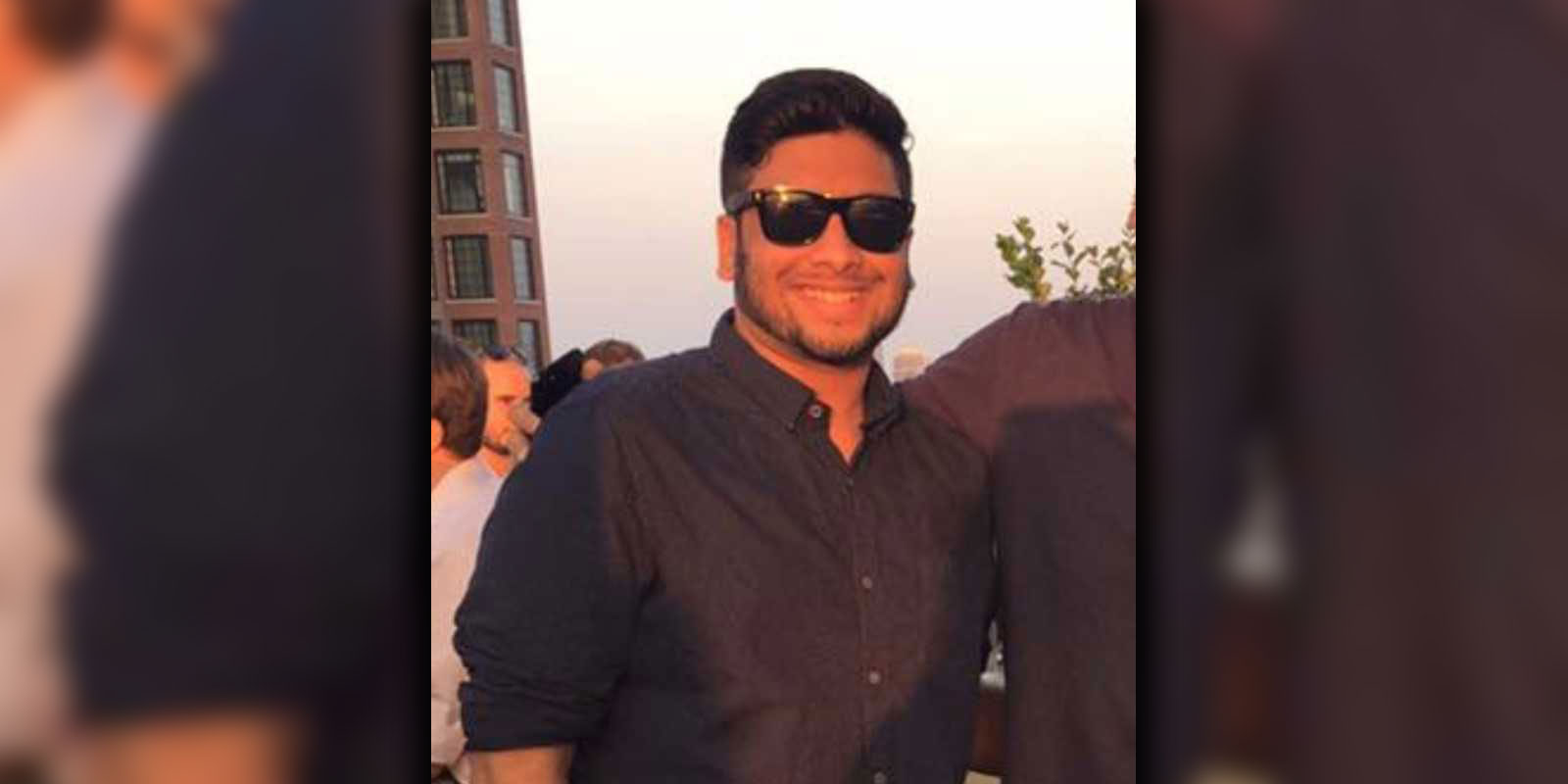
A Day in the Life of a Project Manager
By Rishi Desai
As I look outside the small circular window of the airplane, I gaze in astonishment at the numerous snow-capped mountains intertwined between the brand-new city that I’ll be residing in. Over the next 3 months, I’ll forgo my usual routine, my comforts of home, the individuals I call family, and the familiar scents and sounds that I’ve become accustomed to.
Over the coming weeks, I’ll spend day in and day out facilitating the development of something that represents something bigger than just myself. Something that will change the lives of each patient I see. Something that will give physicians the chance to truly interact with their patients for once and see their families again. Something that will introduce a whole new perspective on medicine to the lives of future healthcare professionals. I play the role of Project Manager, and everyday I’m working towards improving the patient experience across the nation.
0700 hours: While still getting used to the new time zone, I somehow found my way to a large conference room in the basement of a large tertiary care hospital. In the room, I get the chance to converse with numerous members of the hospital staff, ranging from department chairs to hospital administrators to IT. I discuss goals of the scribe program, whether it be reduced patient wait times, decreased documentation burden, or increasing patients seen per day. The possibilities of a medical scribe program are endless, and during this meeting, I establish a plan with the hospital to get their medical scribe program up and running so we can accomplish those goals. We end the meeting, shake hands, and each depart for the busy days in front of us.
0900 hours: EMR training. With 4 new scribes seated in front of me, I begin the process of showing them something as vast and as complicated as our universe itself, the hospital electronic medical record system. From the multitude of click boxes to best practice advisories to medical record review, I’ll teach the newest members of the scribe family the Ins and Outs of the EMR system.
1200 hours: With my scrubs on and brand-new ID badge adhered to my pocket, I walk into the physician workstation at the ER. There, I get a chance to meet the newest provider whom I’ll be working with and training a scribe for. I immediately get to work, learning everything about his workflow from as simple as how he likes his introductory sentence of the history to be formatted, to as complicated as what specific phrases he prefers to use while documenting. Within the first hour, we see 7 patients back to back as it is a typical busy Monday in the ER. I confirm exam findings and plans for each patient with him and we continue to move forward.
1500 hours: One of the newest scribes shows up for her first day of onsite training. As she is still in awe at the hustle and bustle of the ER, I get a small gap in between patients to give her a quick tour of the ER. We then jump right back in and start seeing patients again with the physician. During this time, I teach her exactly how the physician likes things to be documented and in what order. After an intense month of online training, she’ll get the chance to finally apply the all the skills she learned prior to coming onsite.
1800 hours: End of shift. I get some feedback from the physician about how the day went as this was his first time using a scribe. He gives a quick nod before leaving, as for the first time in years, he isn’t stuck in the ER for an extra 3-4 hours catching up on charting. I recap with my new trainee what she’ll need to work on during her next shift and answer any questions. By the end of her training, she’ll be scribing like a pro.
1900 hours: I get some time to explore the new city I will call home for the time being. Within a few hours, I’ll be asleep, resting before the dawn of another new day. I’m not sure what the next day will bring as nothing new comes without challenges. Surely new obstacles will come, and I’ll tackle them head on. With some guidance from my leadership team and my love for the job, we’ll find a way to keep changing the healthcare experience for the better.
I’ll never forget the time when a patient came up to me after I just finished scribing his encounter, and he told me how he felt that, for the first time ever, he really felt like he got the chance to actually talk to his doctor. I’ll never forget the time a department chair told me how the scribe I trained saved him his usual 6 hours of documentation on the weekends, finally giving him the opportunity to enjoy a solid work life balance. It’s these moments that make me want to wake up every morning and continuing doing what I do. State by state, hospital by hospital, I’ll continue to strive to improve the quality of patient care.